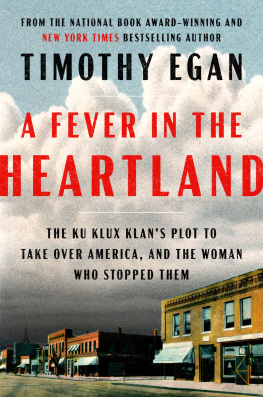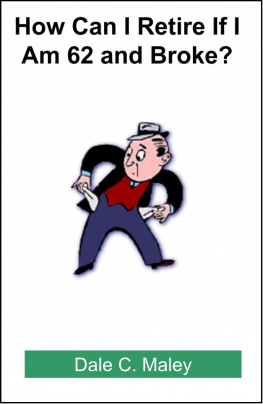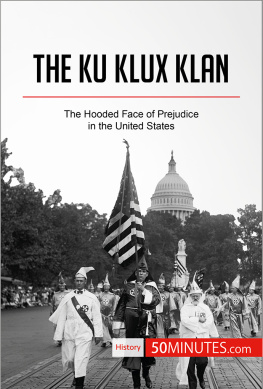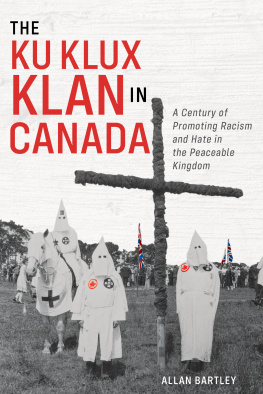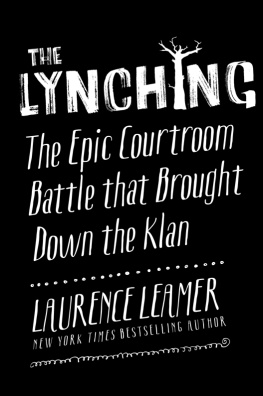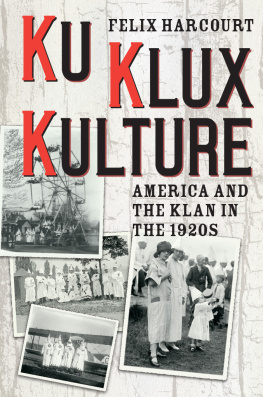
SELLING
hate


SELLING
hate

MARKETING THE
KU KLUX
KLAN

DALE W. LAACKMAN

2020 by the University of Georgia Press
Athens, Georgia 30602
www.ugapress.org
All rights reserved
Designed by Kaelin Chappell Broaddus
Set in 9.5/13.5 Miller Text Roman by Kaelin Chappell Broaddus
Most University of Georgia Press titles are available from popular e-book vendors.
Printed digitally
LCCN: 2020936897
ISBN: 9780820358093 (pbk. : alk. paper)
The first edition of this book was originally published by S. Woodhouse Books in 2014 as For the Kingdom and the Power: The Big Money Swindle That Spread Hate across America.
For Natalie, Andrew, and Christopher
CONTENTS

ACKNOWLEDGMENTS

Although an author writes alone, he is ultimately dependent on many people. I want to thank all those whose contributions were vital in the completion of Selling Hate.
First, there are the research librarians and archivists. Their technical expertise and unbridled enthusiasm make them a joy to work with. I want to thank Pam Richards of the Altadena, California, Public Library. She was the key to unlocking the early years of Bessie Tyler. Glenda Garland of the Gilmer County Library in Ellijay, Georgia, provided vital information on J. Q. Jett, and Carol Bishop of the Hargrett Rare Book & Manuscript Library at the University of Georgia Libraries helped bring the J. Q. Jett Papers to light. Maira Liriano of the New York Public Library was a wealth of information on Rowland Thomas, Herbert Bayard Swope, and New York journalism in the early twentieth century. Mary Laura Kludy, archivist at the Virginia Military Institute in Lexington, Virginia, supplied new and exciting information on Henry Peck Frys role in this story. Michelle Carver of the Center for Research Libraries in Chicago helped access the New York Worlds 1921 Pulitzer-winning investigative series. Finally, I want to thank the wonderful staff of the Wilmette, Illinois, Public Library. Their assistance in this project was critical to the final product.
I want to thank Sharon Woodhouse for giving me advice on how to negotiate the publishing world. I also want to thank the University of Georgia Press for the publication of this uniquely Georgia story. Press director Lisa Bayer and editorial assistant Nate Holly deftly guided the project to completion. Susan Silvers expert editorial touch was much appreciated.
And, of course, there would be no book without Natalie, Andrew, and Christopher. Their love and support were always there guiding the long journey that produces a book. It all begins at home.

SELLING
hate

INTRODUCTION

This is not a Klan book.
There have been many books written about the history and the activities of the Ku Klux Klan. Its violent, clandestine past has been well chronicled.
This is a book about selling... about marketing... about public relations... and about journalism.
The product just happens to be the Klan.
This is a story of two brilliant marketing executives who, in the early days of the twentieth century, used their collective genius to spread hate across the United States. The year 1920 saw a combustible mix of socioeconomic conditions, events, and personalities that may never occur again. Edward Young Clarke Jr. and Elizabeth Bessie Tyler understood their opportunity and seized it. Their reward was unbelievable treasure. Their place in history lies solidly in the halls of infamy. Their legacy is not a proud one. They could have sold any product. Instead, they chose profit over principle. Their methods and strategies were ground breaking; the plan was all encompassing; their execution was seamless and decisive.
This is a cautionary tale. Communications professionals have an obligation to conduct their business responsibly. Their power to persuade is considerable. The public needs to be wary of both message and motive. I am reminded of a powerful image I first saw as a young advertising major in college. Assigned reading for my Introduction to Advertising course was The Hidden Persuaders by Vance Packard. The cover illustration on my paperback edition showed a barbed fishhook buried in a gleaming, fresh red apple. The message was clear.
PROLOGUE

Thursday, November 25, 1915: Thanksgiving Day in Atlanta, Georgia.
As days go, it had been fairly typical for late autumn in the heart of the U.S. South. The U.S. Weather Bureau recorded a high temperature of sixty-three, and the low would reach forty-three degrees. There was no precipitation reported. The bold heading on the front page of the November 25 Atlanta Constitution read, Husband Slays Wife and Then Shoots Self after Attending Play at Theatre.
Another article announced, Baghdad Almost in Grip of British Forces. The ancient Babylonian capital was a part of the Central Powers Ottoman Empire. At World War Is end Britain and Gertrude Bell would create the new nation of Iraq. World War I was in its second year. Earlier in the year the British ship Lusitania had been sunk by a German U-boat, killing 128 Americans. Woodrow Wilson strove to remain neutral. The United States would not send troops to France for nearly two more years.
There was the little matter of Pancho Villa. United StatesMexican relations were strained and tension was high. The Mexican revolutionary general bristled at the United States aiding the effort to defeat him. The Constitution article on Thanksgiving Day filed from Nogales, Arizona, told of U.S. troops massing against Villas men on the Mexican border. In three months, on March 9, 1916, Villa would stage one of the most daring invasions of U.S. soil. At 4:20 that morning he raided and burned the city of Columbus, New Mexico, killing eighteen U.S. citizens. Gen. John J. Pershing and six thousand troops would be dispatched to find and capture Villa. Pershing would never defeat the elusive general.
Next page

